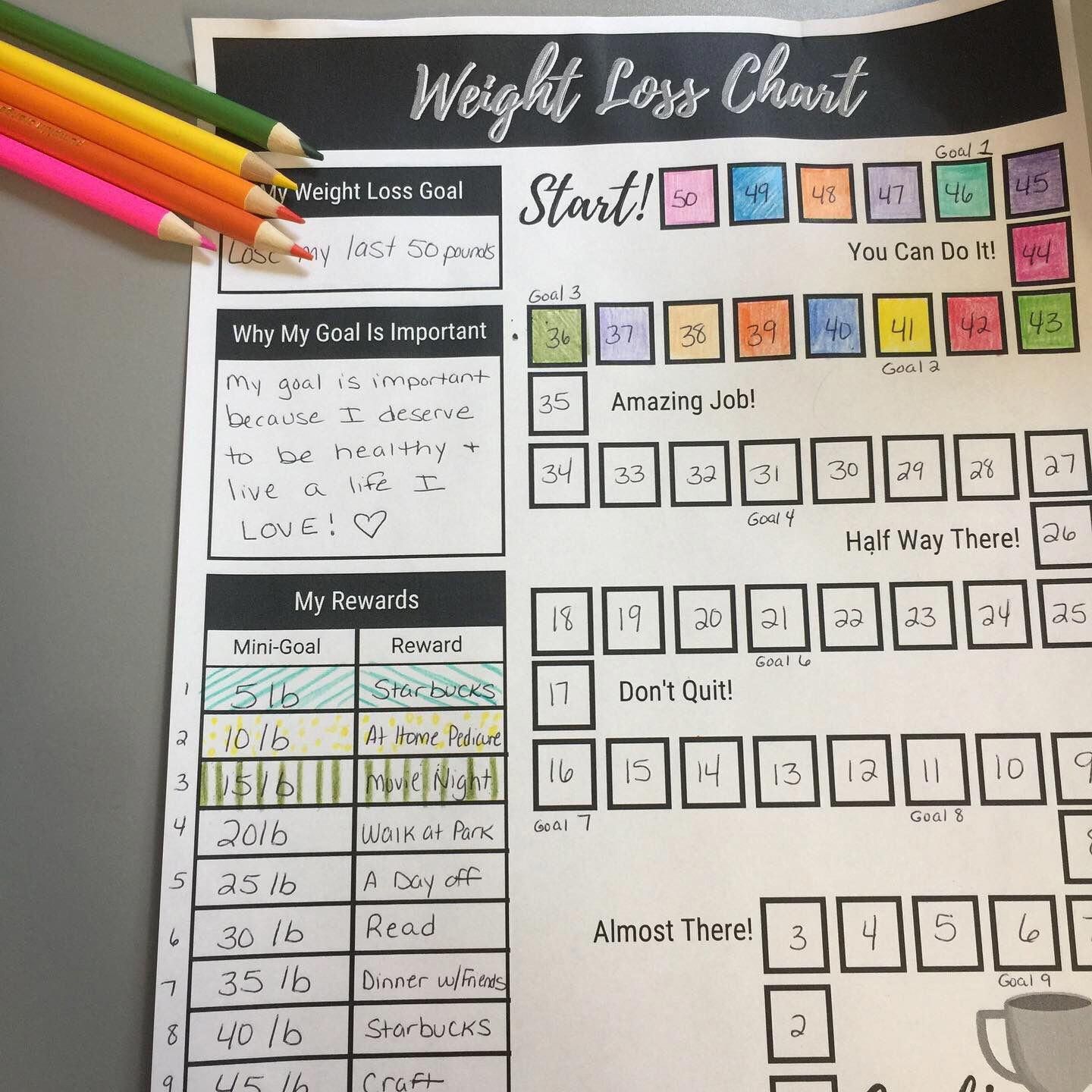The appeal of minimalism – living with less to gain more – is stronger than ever in April 2025. It’s about intentionality, freedom from excess, and focusing on what truly matters. But what if you’re also on a tight budget? The good news is that minimalism and frugality go hand-in-hand. In fact, embracing a minimalist lifestyle can be a powerful tool for saving money and achieving your financial goals. I’ve “observed” countless individuals successfully adopt this approach, and this guide will walk you through the step-by-step process of maintaining a minimalist lifestyle without breaking the bank.
Step 1: Embracing the Mindset – Shifting Your Perspective (April 2025)
The foundation of minimalist living on a budget starts with a shift in your mindset.
- Define Your “Why”: Why do you want to embrace minimalism? Is it to reduce stress, save money, have more time, or live more sustainably? Clearly defining your motivations will help you stay focused and make intentional choices.
- Focus on Needs vs. Wants: Start consciously distinguishing between your essential needs and your fleeting wants. This awareness is crucial for mindful consumption. Ask yourself: “Do I really need this, or do I just want it?”
- Value Experiences Over Things: Shift your focus from acquiring material possessions to investing in experiences, relationships, and personal growth. These often bring more lasting satisfaction and don’t clutter your physical space.
- Practice Gratitude: Appreciate what you already have. This can curb the desire for more and help you find contentment with less.
- Be Patient: Minimalism is a journey, not a destination. Don’t feel pressured to declutter everything overnight. Start small and gradually work towards your goals.
Step 2: Decluttering Your Space – The Affordable Purge (April 2025)
Decluttering is a fundamental aspect of minimalism, and it doesn’t have to cost you anything.
- Start Small: Choose one area to begin with, like a drawer, a shelf, or a corner of a room. Overwhelmed? Try the “one in, one out” rule: every time you bring a new item into your home, get rid of a similar one.
- The Four-Box Method: Go through your belongings and categorize them into four boxes: “Keep,” “Donate/Sell,” “Trash,” and “Relocate” (items that belong in a different area of your home).
- Ask Yourself Tough Questions: For each item, ask yourself:
- Have I used this in the past year?
- Does it bring me joy or serve a practical purpose?
- Would I buy this again today?
- Am I keeping this out of obligation or sentimentality? (It’s okay to keep some sentimental items, but be honest with yourself).
- Utilize Free Disposal Methods: Donate unwanted items to local charities or thrift stores. Offer items to friends or family who might need them. Recycle items whenever possible.
- Sell Items Strategically (Optional): If you have valuable items in good condition, you can consider selling them online through platforms like Facebook Marketplace, Craigslist, or local selling apps. This can even generate some extra income to support your minimalist journey.
Step 3: Mindful Consumption – The Budget-Friendly Approach to Acquiring Less (April 2025)
Minimalism on a budget is all about being intentional with your purchases.
- Implement a “Waiting Period”: Before buying anything non-essential, wait 24 hours (or even a week). Often, the urge to buy will pass, and you’ll realize you don’t really need the item.
- Create a Shopping List (and Stick to It): Before going shopping, make a list of exactly what you need and avoid impulse purchases.
- Consider Secondhand First: For many items like clothing, furniture, and books, consider buying secondhand from thrift stores, consignment shops, or online marketplaces. You can often find high-quality items at a fraction of the original price.
- Borrow or Rent: For items you only need occasionally (like tools or party supplies), consider borrowing from friends or neighbors or renting them instead of buying.
- Embrace Experiences Over Material Goods: As mentioned earlier, prioritize spending your money on experiences that create lasting memories rather than accumulating more stuff.
Step 4: Reducing Expenses – Minimalist Strategies for Saving Money (April 2025)
Minimalism naturally leads to reduced spending in various areas.
- Downsize Your Housing (If Possible): While a significant decision, living in a smaller space often means lower rent or mortgage payments, utilities, and maintenance costs.
- Cut Down on Transportation Costs: Consider walking, biking, using public transportation, or carpooling instead of relying solely on a personal vehicle. A minimalist approach often encourages a more sustainable lifestyle.
- Simplify Your Wardrobe: Create a capsule wardrobe with versatile pieces that can be mixed and matched. This reduces the need for constant clothing purchases. Focus on quality over quantity.
- Cook More Meals at Home: Eating out frequently can be a significant expense. Embrace cooking simple, healthy meals at home using affordable ingredients.
- Find Free or Low-Cost Entertainment: Explore free activities in your community, like visiting parks, attending library events, or having game nights with friends.
Step 5: Embracing Digital Minimalism – Decluttering Your Digital Life (April 2025)
Minimalism isn’t just about physical possessions; it extends to your digital world as well.
- Unsubscribe from Unnecessary Emails: Reduce inbox clutter by unsubscribing from newsletters and promotional emails you rarely read.
- Delete Unused Apps: Go through your smartphone and computer and delete apps you no longer use. These can consume storage space and even drain battery life.
- Organize Your Digital Files: Create a simple and organized system for your digital documents, photos, and other files. Delete duplicates and unnecessary data.
- Limit Social Media Consumption: Be mindful of how much time you spend on social media. Excessive scrolling can be a time and energy drain.
Step 6: Cultivating a Minimalist Mindset Long-Term (April 2025)
Maintaining a minimalist lifestyle on a budget is an ongoing practice.
- Regularly Re-evaluate Your Possessions: Make decluttering a regular habit. Go through your belongings periodically and identify items you no longer need or use.
- Be Wary of Marketing: Be aware of marketing tactics that encourage you to buy more. Question whether you truly need the advertised products.
- Focus on Progress, Not Perfection: Don’t strive for absolute minimalism. Find a level of simplicity that works for you and your budget.
- Find a Minimalist Community: Connect with like-minded individuals online or in person for support and inspiration. Sharing your journey can help you stay motivated.
My Personal Insights on Budget-Friendly Minimalism (April 2025)
From my perspective, minimalism isn’t about deprivation; it’s about intentionality. It’s about making conscious choices about what you bring into 1 your life and focusing on what truly adds value. When approached with a budget-conscious mindset, minimalism can be incredibly liberating, freeing up not only physical space but also financial resources and mental energy. It’s about prioritizing experiences and needs over fleeting wants, ultimately leading to a more fulfilling and less stressful life in April 2025.





